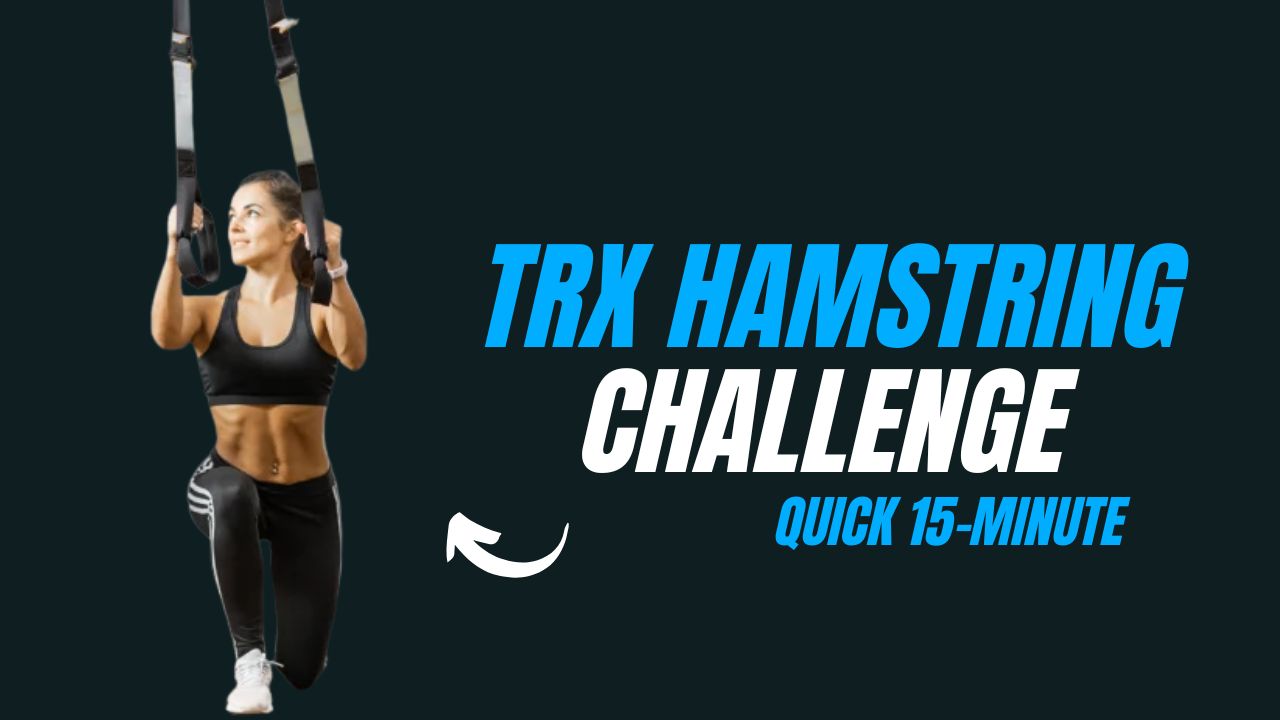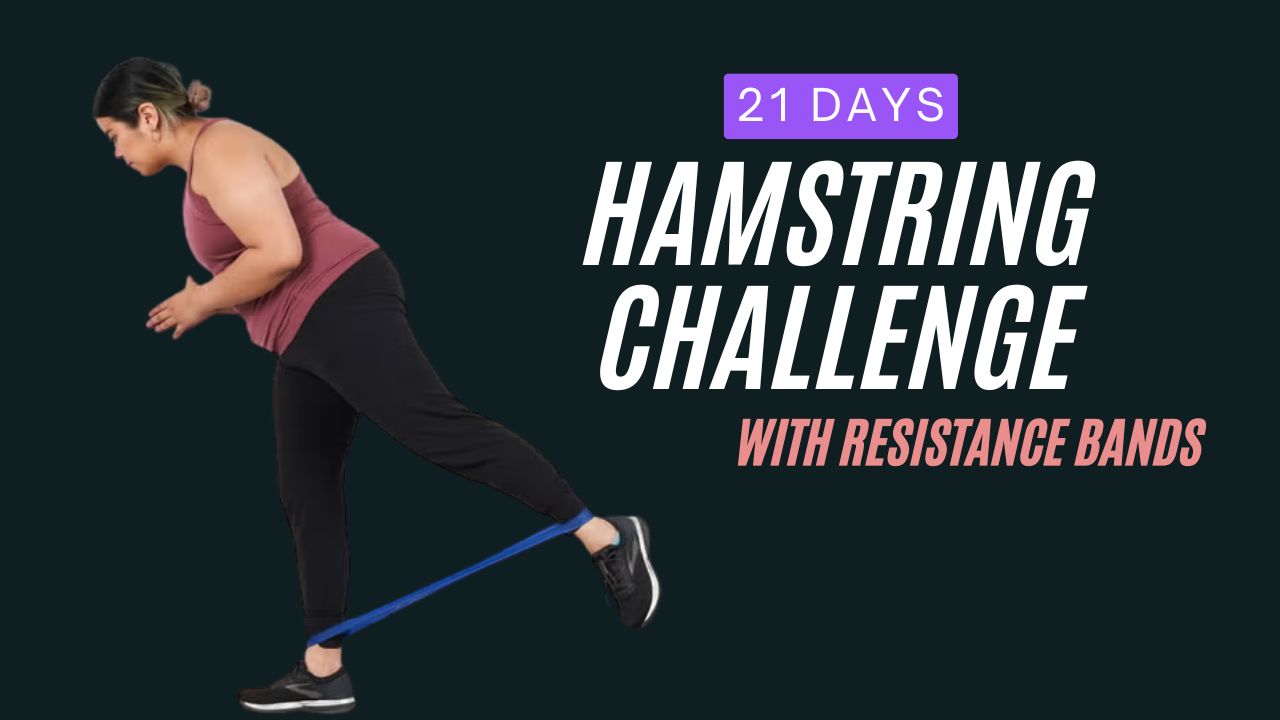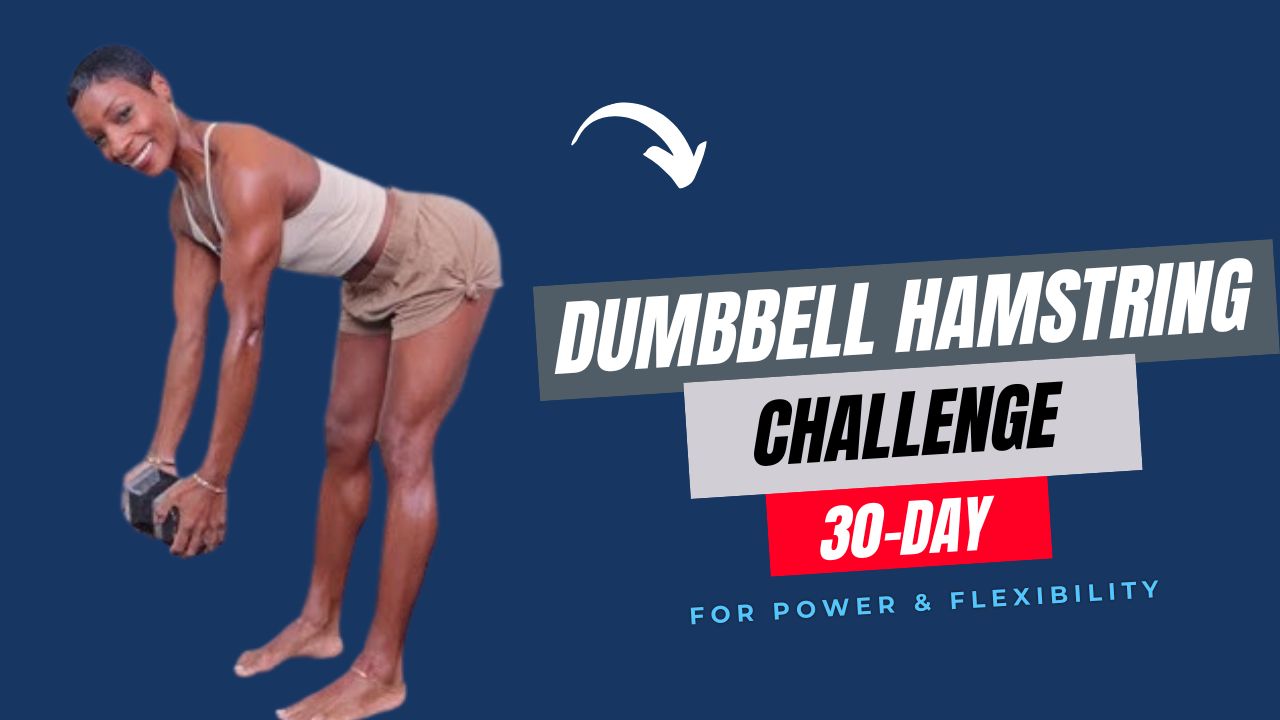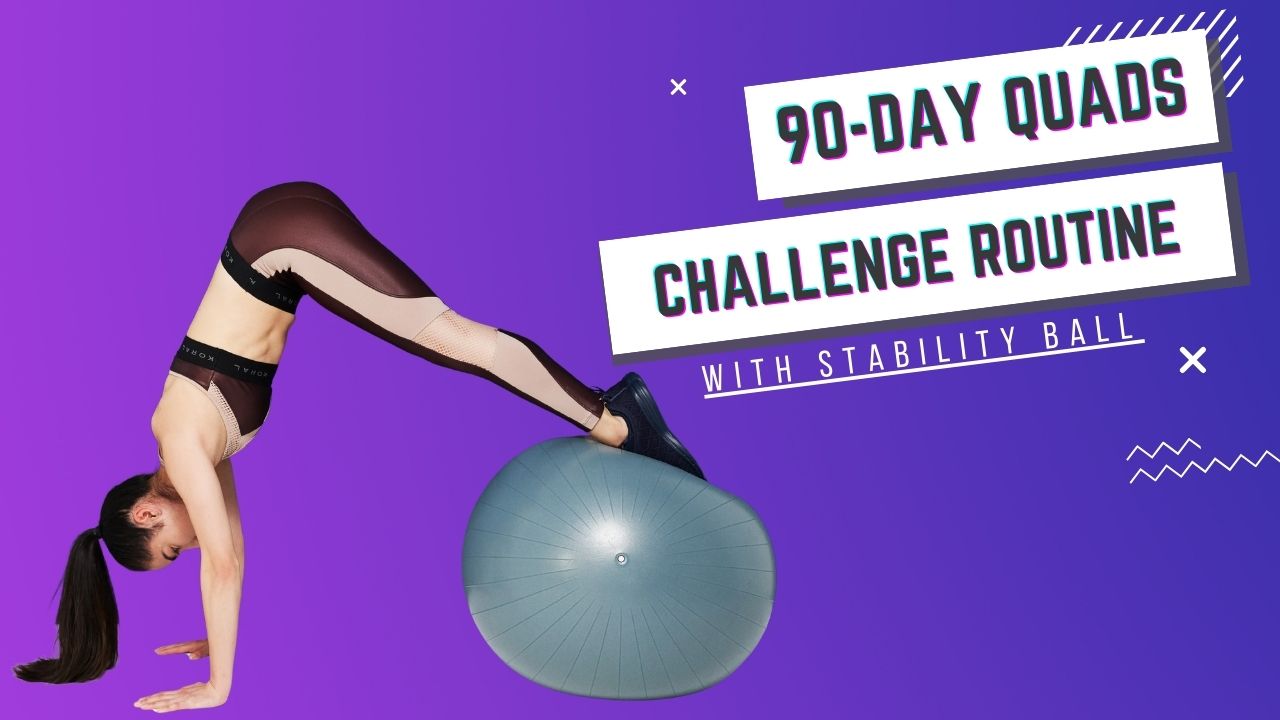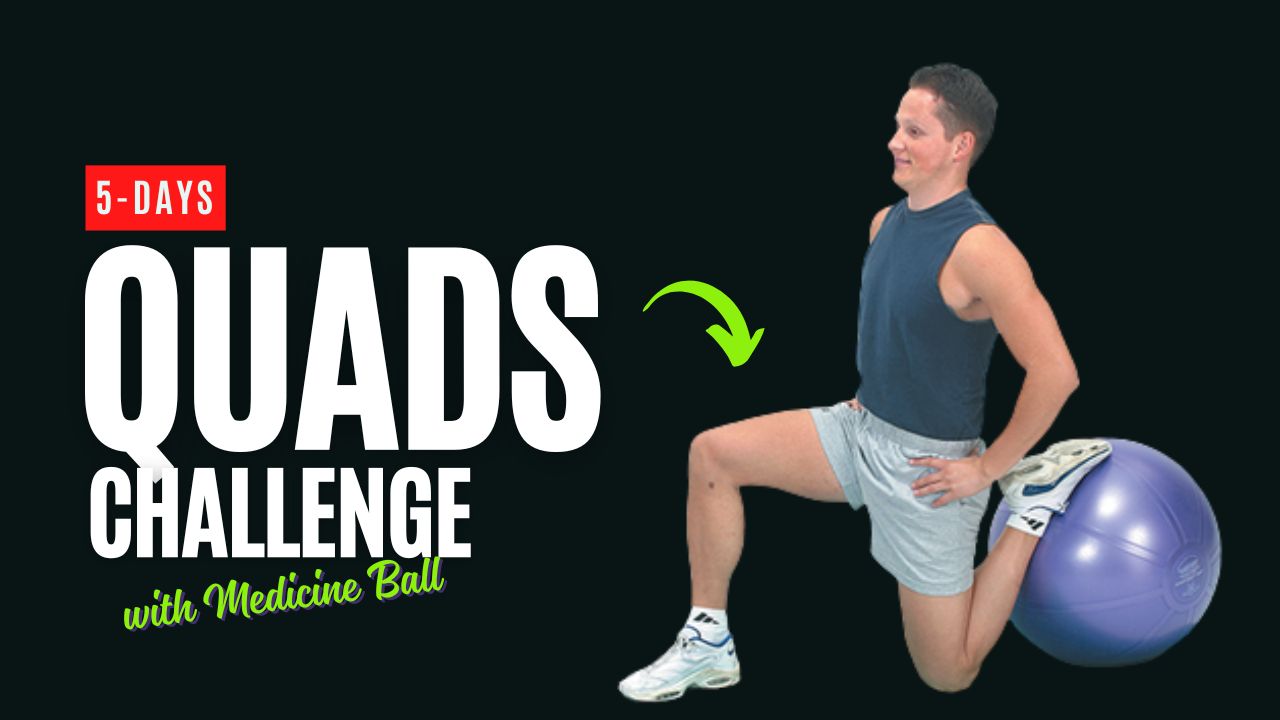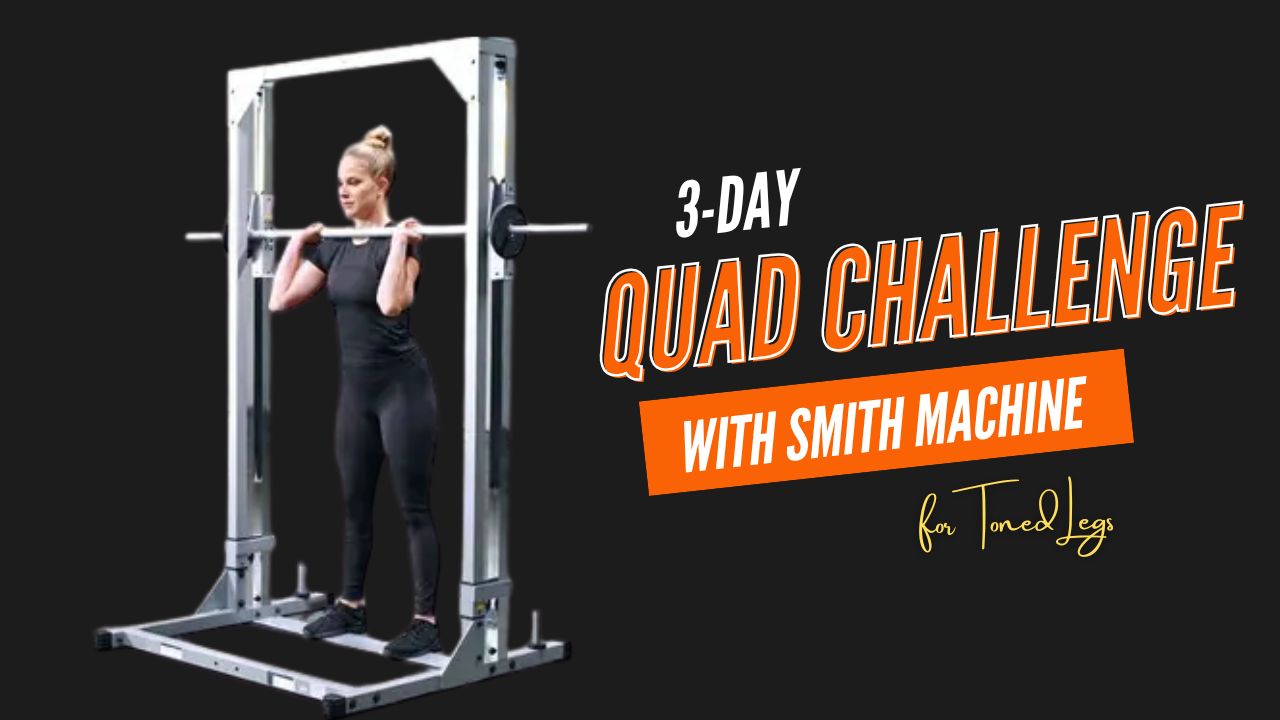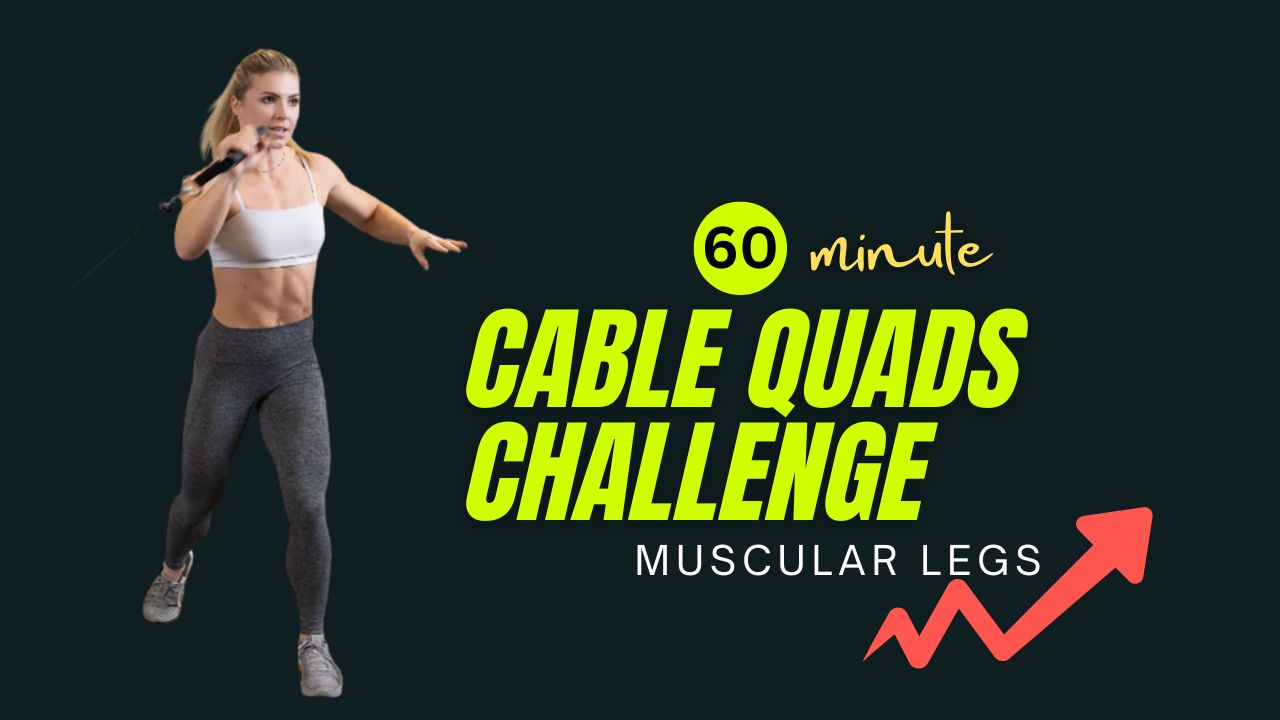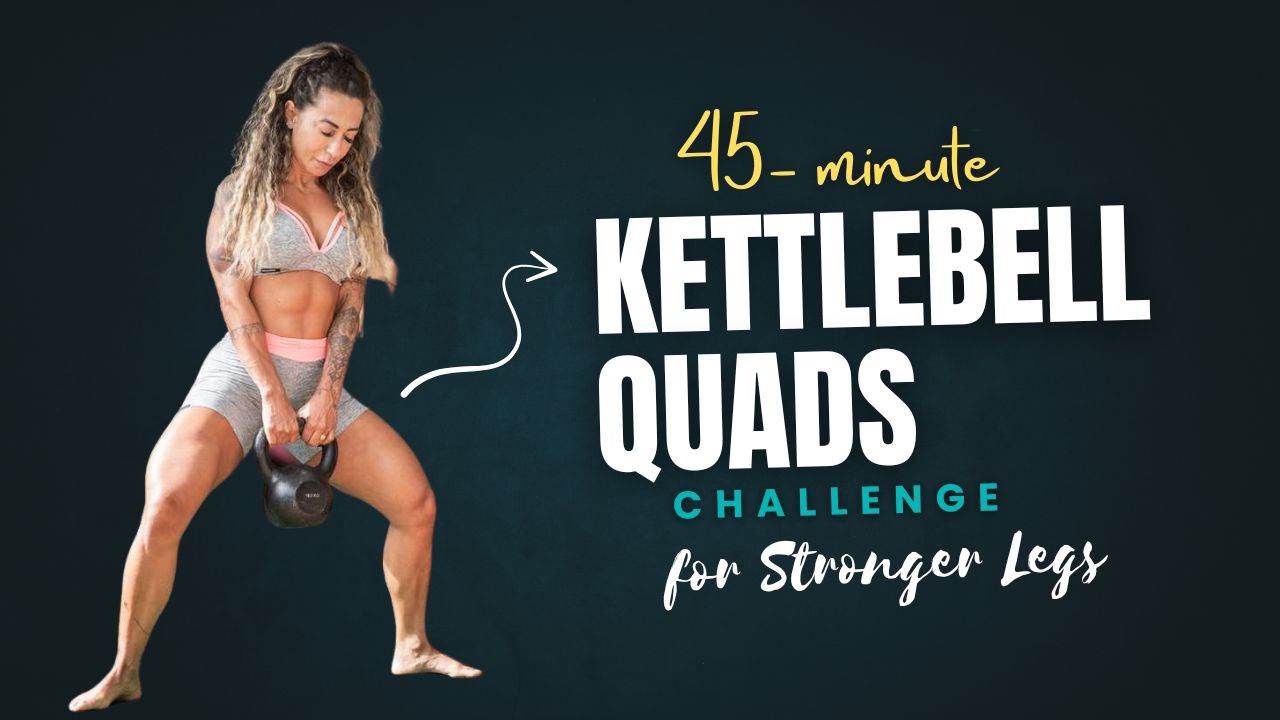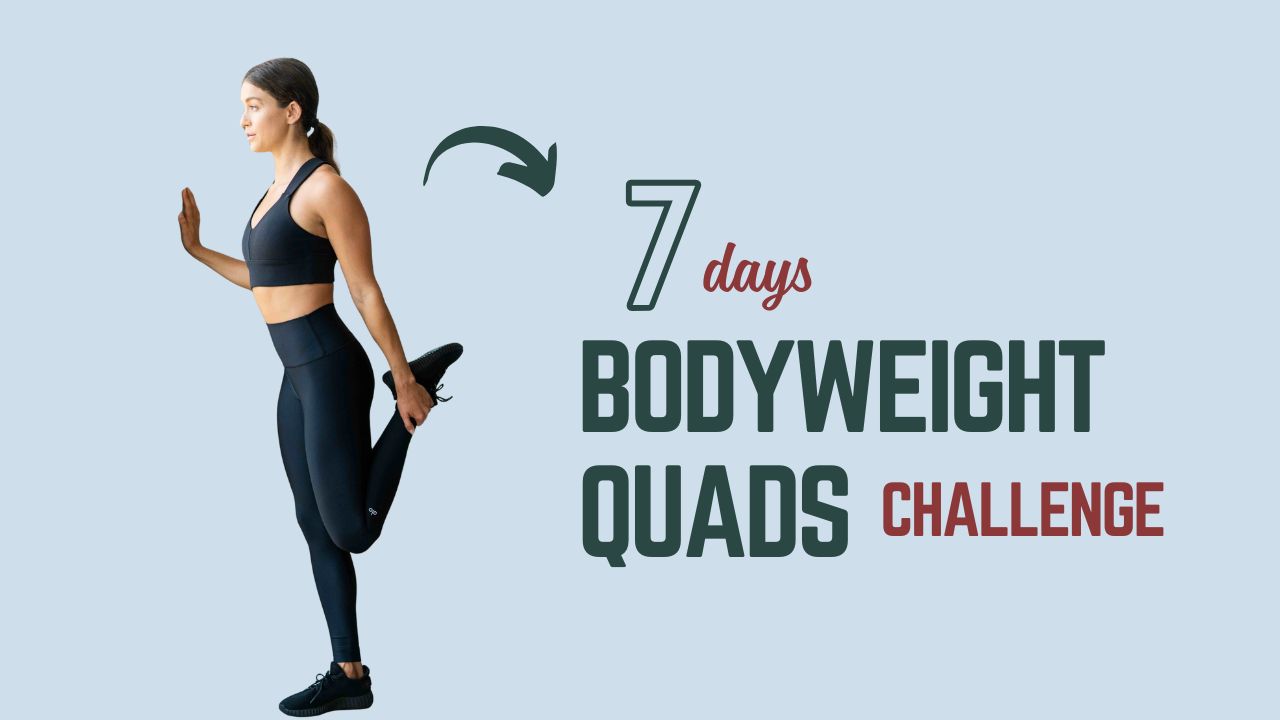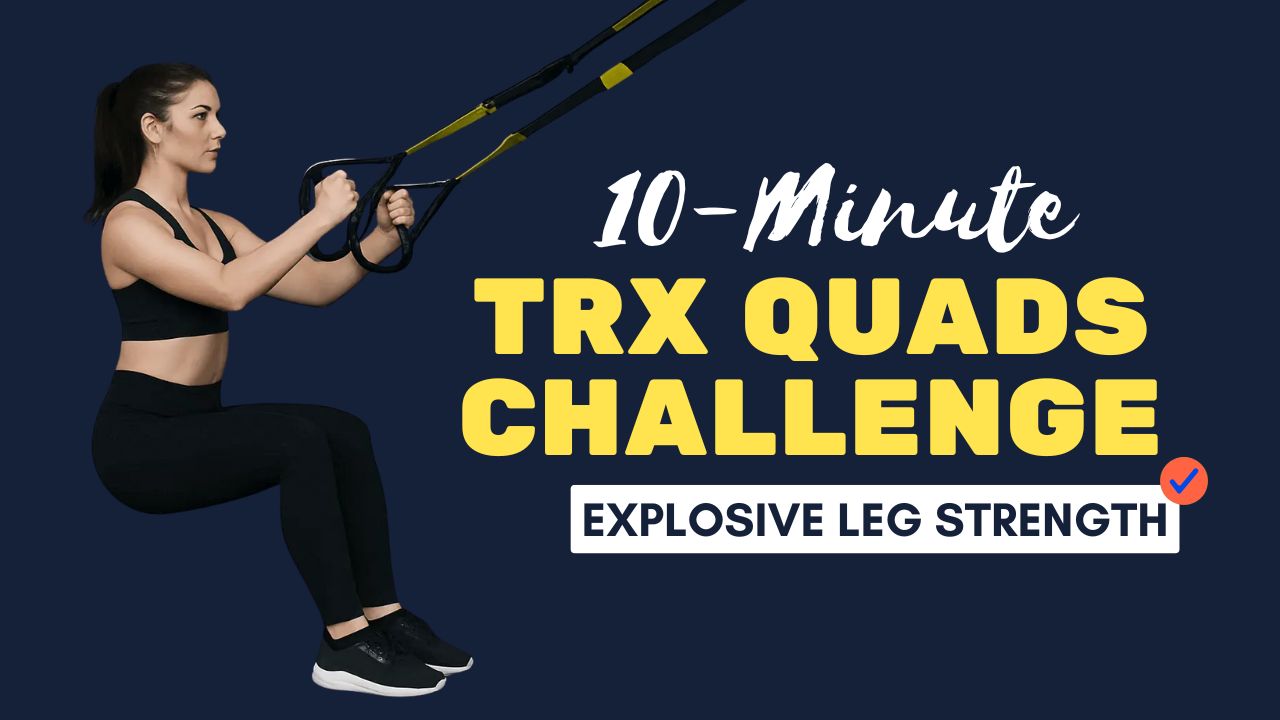Do you know that strong quadriceps are not just about aesthetic appeal? They are essential for stabilizing your knees, improving athletic performance, and even reducing the risk of injuries during everyday activities.
Yet, many fitness enthusiasts skip focused quad workouts or rely solely on machines. Kettlebells, on the other hand, provide a dynamic way to build explosive strength, improve balance, and activate multiple muscle groups at once.
In this 45-minute kettlebell quads blast challenge, you’ll target your quadriceps efficiently while also engaging your glutes, hamstrings, and core. By the end of this session, you’ll notice increased strength, improved posture, and better endurance for daily movement.
Let’s break down the exercises, their benefits, and the correct form to ensure maximum gains.

Table of Contents
What Can Happen After 30 Days of Kettlebell Quad Workouts
| Area | Expected Changes |
|---|---|
| Quadriceps Strength | Noticeably stronger quads with increased ability to lift heavier weights and perform daily activities more efficiently. |
| Muscle Definition | Improved muscle tone in the thighs, with more visible definition and a firmer appearance. |
| Knee Stability | Enhanced joint stability and reduced risk of knee injuries due to stronger supporting muscles. |
| Balance & Coordination | Better single-leg balance and coordination from exercises like lunges and Bulgarian split squats. |
| Lower Body Endurance | Increased stamina for walking, running, and climbing stairs without fatigue. |
| Core Activation | Strengthened core muscles due to stabilization during squats, lunges, and step-ups. |
| Posture Improvement | Upright posture benefits from stronger legs and core engagement, reducing slouching. |
| Metabolic Boost | Higher calorie burn during and after workouts due to full-body engagement and compound movements. |
| Confidence & Motivation | Feeling more accomplished, confident, and motivated to continue lower-body training. |
| Flexibility & Mobility | Slight improvement in hip and ankle mobility from dynamic movements and squats. |
Do’s & Don’ts for Kettlebell Quad Workout
| Do’s | Don’ts |
|---|---|
| Warm up properly with 5–10 minutes of light cardio and dynamic stretches before starting. | Skip the warm-up; it increases risk of injury and reduces performance. |
| Maintain proper form: chest upright, core engaged, knees tracking over toes. | Let your knees cave inward or lean forward excessively. |
| Choose an appropriate kettlebell weight that challenges you without compromising form. | Use a kettlebell that is too heavy, risking joint or muscle strain. |
| Control your movements, focusing on slow eccentric and explosive concentric phases. | Perform exercises too fast or with jerky movements. |
| Progress gradually by increasing weight, sets, or reps over time. | Jump straight to heavy weights or high reps without building strength. |
| Include rest between sets to allow recovery (45–60 seconds). | Ignore rest periods and overexert, which can cause fatigue or poor form. |
| Perform single-leg exercises (lunges, Bulgarian split squats) to correct muscle imbalances. | Rely only on bilateral exercises like squats; neglect single-leg training. |
| Focus on breathing: inhale on the way down, exhale on the way up. | Hold your breath during lifts; it can increase blood pressure and strain. |
| Incorporate variety: goblet squats, lunges, sumo squats, jump squats for balanced quad development. | Repeat only one type of exercise, leading to plateau and uneven muscle growth. |
| Cool down with light stretching after the workout to improve flexibility and recovery. | Skip stretching; this can lead to tight muscles and delayed recovery. |
Exercises To Do For Kettlebell Quads Blast Challenge
1. Kettlebell Goblet Squat
Description:
The goblet squat is a fundamental kettlebell move that targets your quadriceps while also activating your glutes, hamstrings, and core. Holding a kettlebell in front of your chest ensures upright posture and reduces stress on your lower back.
How to:
- Stand with feet shoulder-width apart, holding the kettlebell by the horns close to your chest.
- Keep your chest upright and engage your core.
- Push your hips back and bend your knees to lower into a squat until your thighs are parallel to the floor.
- Press through your heels to return to the starting position.
Pro Tip: Focus on controlled movement; avoid letting your knees cave inward.
2. Kettlebell Front Rack Lunge
Description:
This unilateral movement emphasizes quads and balance while improving coordination. Holding the kettlebell in the front rack position adds resistance, increasing the intensity.
How to:
- Hold the kettlebell at shoulder level, elbows tucked in.
- Step forward with one leg and lower your hips until both knees form 90-degree angles.
- Push through the front heel to return to the starting position.
- Repeat on the other leg.
Interesting Fact: Lunges mimic natural human movement patterns, making them highly functional for everyday strength.
3. Kettlebell Bulgarian Split Squat
Description:
An advanced single-leg exercise, the Bulgarian split squat isolates the quads while challenging your balance and core stability.
How to:
- Stand a few feet in front of a bench or step, holding the kettlebell in a goblet position.
- Place one foot behind you on the bench.
- Lower your back knee toward the floor while keeping your torso upright.
- Press through the front heel to return to the starting position.
Myth Busted: Many think squats alone are enough for leg strength. Single-leg exercises like this can correct muscle imbalances and enhance overall leg development.
4. Kettlebell Step-Up
Description:
Step-ups mimic climbing motions and improve explosive power in the quads. Holding a kettlebell adds intensity for strength gains.
How to:
- Stand facing a sturdy bench or box, holding the kettlebell in a goblet position.
- Step one foot onto the bench, pressing through your heel to lift your body up.
- Bring the opposite leg up, then step down with the same leg first.
- Alternate legs for the desired reps.
Interesting Fact: Step-ups improve balance and ankle stability, reducing the likelihood of falls in everyday life.
5. Kettlebell Sumo Squat
Description:
This variation targets the quads, inner thighs, and glutes. The wide stance allows for a greater range of motion and hip engagement.
How to:
- Stand with feet wider than shoulder-width, toes slightly turned out, holding a kettlebell with both hands in front of your body.
- Lower into a squat, keeping your chest lifted and knees tracking over your toes.
- Squeeze your quads and glutes as you push back to the starting position.
Pro Tip: Focus on slow eccentric lowering to maximize muscle activation.
6. Kettlebell Jump Squat
Description:
A power-focused exercise that builds explosive quad strength and cardiovascular endurance.
How to:
- Hold a light kettlebell close to your chest in a goblet position.
- Lower into a squat and explode upward into a jump.
- Land softly, immediately lowering back into the squat.
Interesting Fact: Explosive movements like jump squats enhance fast-twitch muscle fibers, critical for sprinting and jumping activities.
7. Kettlebell Walking Lunge
Description:
Walking lunges with a kettlebell enhance endurance, stability, and unilateral quad strength.
How to:
- Hold the kettlebell at chest height in a goblet position.
- Step forward into a lunge, keeping your front knee above your ankle.
- Bring your back leg forward to continue the walking pattern.
- Repeat for the desired distance or reps.
Pro Tip: Maintain upright posture and avoid leaning forward to prevent lower back strain.
8. Kettlebell Pulse Squat
Description:
Pulsing in the bottom range of a squat maximizes time under tension, leading to better quad hypertrophy.
How to:
- Hold a kettlebell close to your chest in a goblet position.
- Lower into a squat and pulse up and down 2-3 inches in the bottom position for several reps.
- Push through your heels to stand fully after the final pulse.
Interesting Fact: Studies show that partial squats with pulses increase muscle endurance without overloading joints.
45-Minute Kettlebell Quads Blast Routine
Here’s a structured routine to hit all exercises effectively, including rest times and duration.
| Exercise | Sets | Reps | Rest Between Sets | Duration (Approx) |
|---|---|---|---|---|
| Kettlebell Goblet Squat | 3 | 12-15 | 60 sec | 7 min |
| Kettlebell Front Rack Lunge | 3 | 10-12 per leg | 60 sec | 8 min |
| Kettlebell Bulgarian Split Squat | 3 | 10-12 per leg | 60 sec | 8 min |
| Kettlebell Step-Up | 3 | 12 per leg | 45 sec | 6 min |
| Kettlebell Sumo Squat | 3 | 15 | 60 sec | 6 min |
| Kettlebell Jump Squat | 3 | 12 | 60 sec | 6 min |
| Kettlebell Walking Lunge | 2 | 20 steps | 45 sec | 4 min |
| Kettlebell Pulse Squat | 2 | 15 pulses | 45 sec | 3 min |
Total Time: ~45 minutes
Conclusion:
This 45-minute kettlebell quad workout is designed to challenge your lower body while improving strength, stability, and endurance.
By combining compound lifts, single-leg movements, and explosive exercises, you’ll develop stronger legs that perform in both everyday activities and athletic performance.
Do you know that consistent quad training also improves knee health and can help alleviate certain lower-body joint pains?
To continue your challenge, progressively increase the kettlebell weight every 2-3 weeks or add an extra set for each exercise.
You can also vary the reps, shorten rest periods, or combine this routine with other lower-body workouts, such as hamstring curls or glute bridges, to create a 60-minute advanced leg session.
Following this progression ensures continual improvement, prevents plateaus, and keeps your leg strength and definition advancing week by week.
Frequently Asked Questions (FAQs)
How often should I do this kettlebell quad workout?
For best results, perform this workout 2-3 times per week, allowing at least one day of rest between sessions to ensure proper muscle recovery.
What weight kettlebell should I use?
Beginners can start with a 10–15 lb kettlebell, while intermediate and advanced users may use 20–35 lbs depending on their strength level. The weight should challenge you but still allow proper form.
Can I do this workout at home without a bench?
Yes. Exercises like Bulgarian split squats can be done using a sturdy chair or step instead of a bench. Step-ups require a stable surface of suitable height.
How long will it take to see results?
With consistent effort and proper nutrition, you may notice improved quad strength and endurance in 4–6 weeks. Visible muscle definition may take longer depending on body composition.
Is it safe for knees?
Yes, when performed with correct form and controlled movements. Avoid locking your knees, and ensure your knees track over your toes during squats and lunges.
Can I combine this with other leg workouts?
Absolutely. You can pair this routine with hamstring, glute, and calf exercises to create a comprehensive lower-body program. Adjust volume and intensity to prevent overtraining.v
Do I need to warm up before starting?
Yes. A 5–10 minute warm-up with light cardio and dynamic stretches prepares your muscles and joints, reducing the risk of injury and improving performance.
Can I do this workout for fat loss?
Yes. Combining this high-intensity strength workout with proper nutrition and cardio can help increase calorie burn, support fat loss, and improve overall leg muscle tone.
What if I can’t complete all reps?
Modify the reps or weight to match your current fitness level. Focus on form over quantity, and gradually increase intensity as you become stronger.
How can I progress after completing this routine?
Increase kettlebell weight, add extra sets, shorten rest periods, or incorporate advanced variations like jump lunges or heavier goblet squats. You can also extend the challenge by combining it with a full lower-body circuit for 60 minutes.
